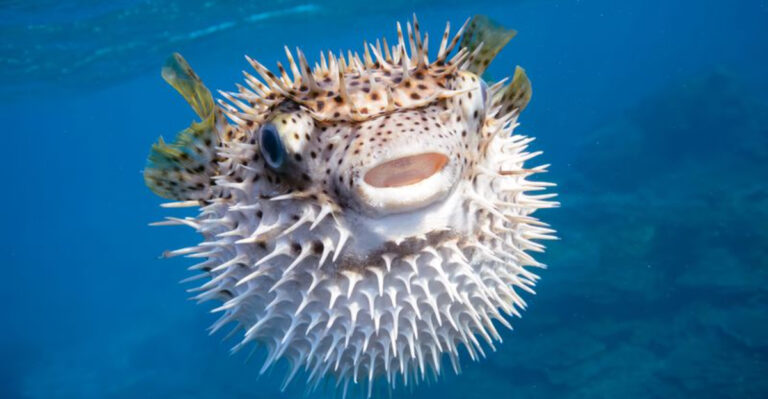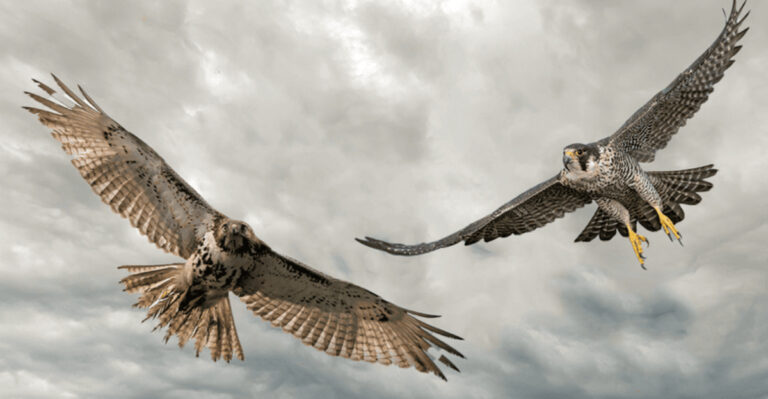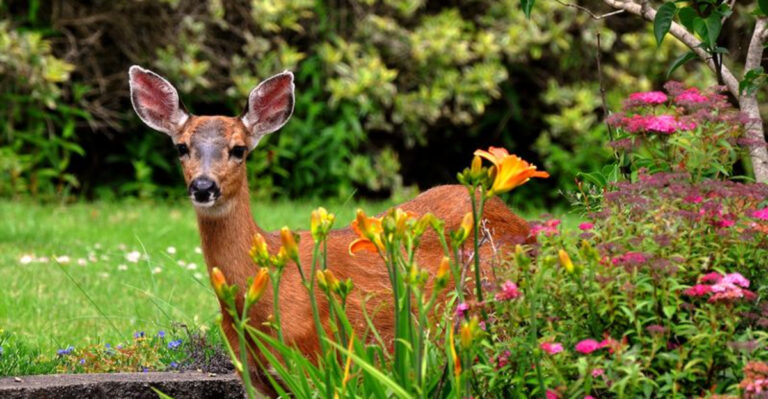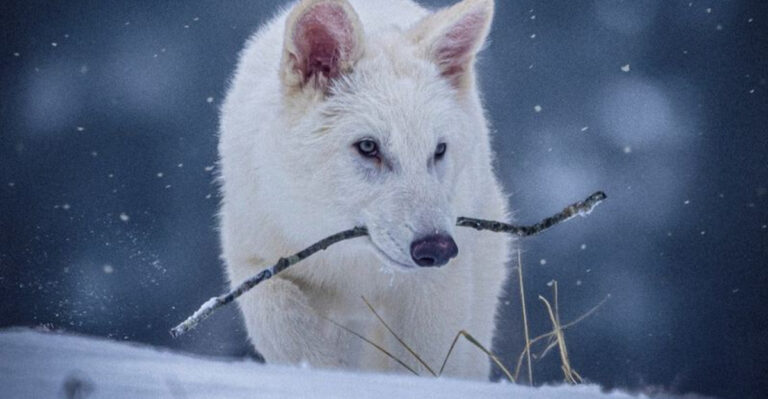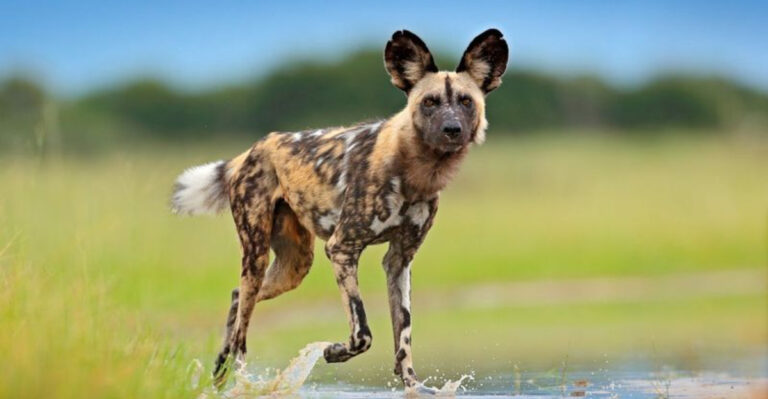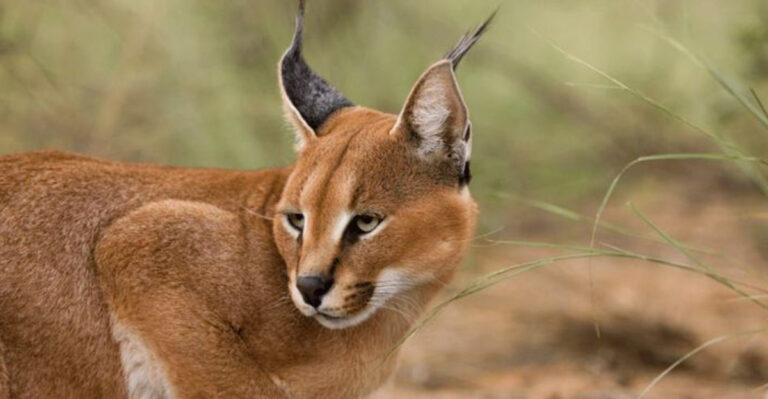9 Horse Breeds That Are Challenging For Beginner Riders
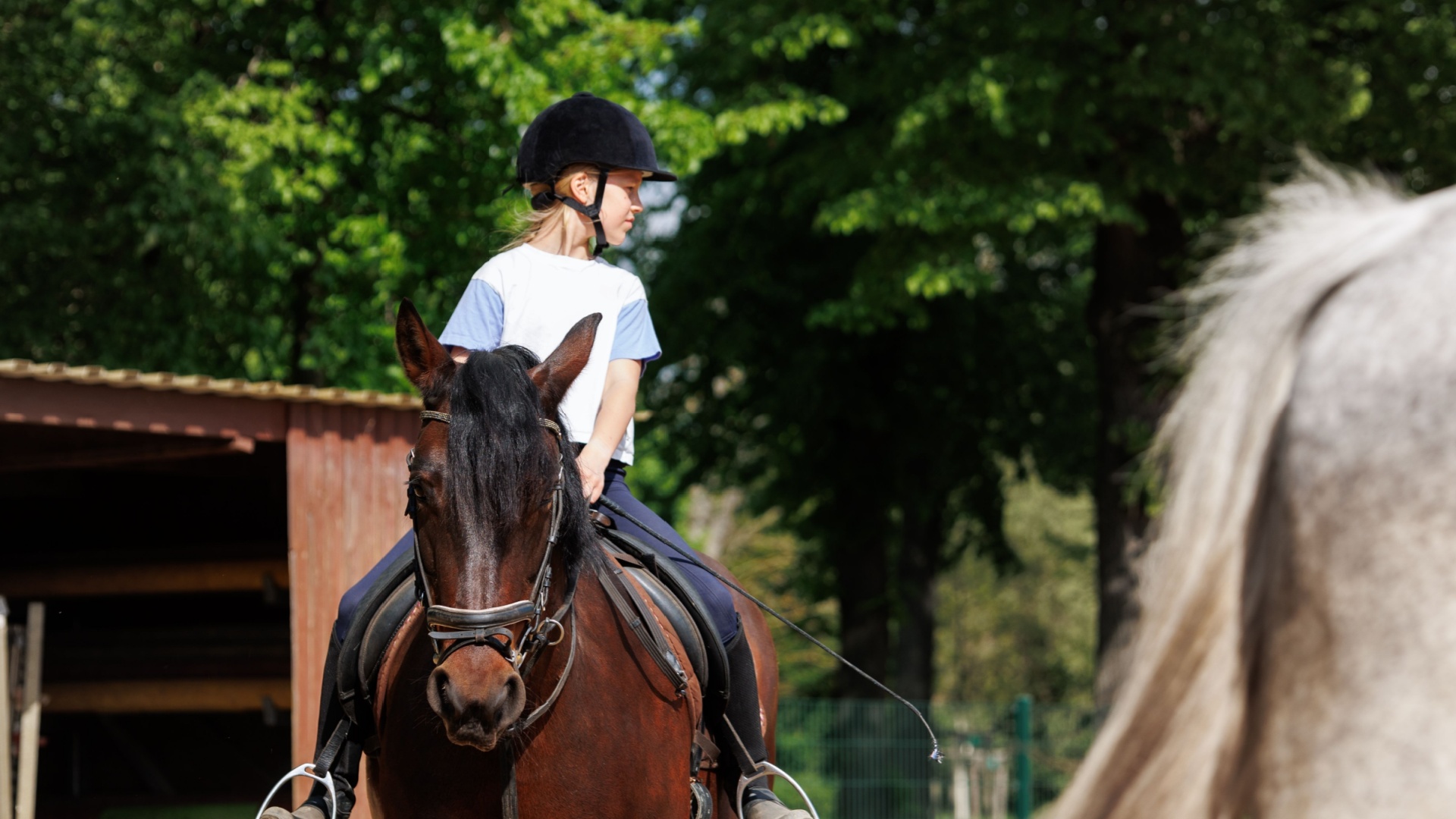
Horseback riding is seriously fun! But when you’re new to it, choosing the right horse can feel like walking through a minefield. Some breeds are practically made for beginners. These? Not so much.
Think about it—horses have standards too! If you were a horse, would you let just about anyone climb on your back? Probably not. You’d want someone who knows their stuff, right? Some breeds are just too fancy, too feisty, or too fabulous for a rookie.
So let’s trot through the 9 horse breeds that beginner riders should probably avoid. For your safety, and theirs!
1. Draft Horses
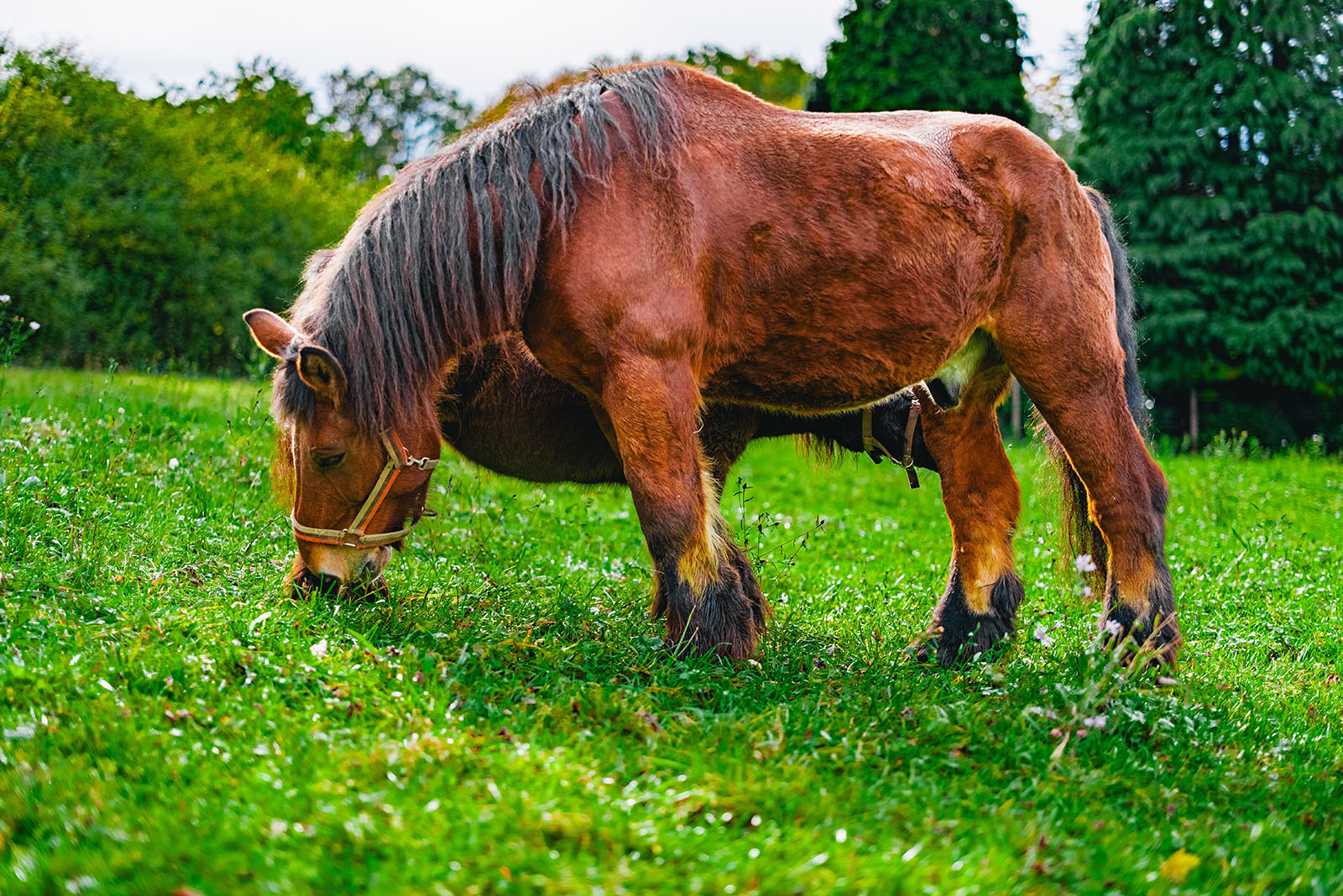
Credit: Shutterstock
Ever seen a horse so massive you felt like an ant? If your answer is yes, you probably encountered a draft horse. Standing well over 16 hands tall and weighing up to 2,000 pounds or more, these gentle giants are hard to miss.
Their sheer size alone demands a strong, confident rider who can manage their movements effectively without getting overwhelmed.
Draft horses are like Kronk from The Emperor’s New Groove: big, brawny, and surprisingly gentle, with a personality that makes them endearing. But don’t let their laid-back vibe fool you. While they are known for their calm demeanor, they can be a handful for beginners due to their immense strength and power.
Their size means every movement is more pronounced, and a rider without experience might struggle to keep them under control in certain situations.
Draft horses require expert training to bring out their best, as they’re bred for heavy work like pulling carts or plowing fields—not for leisure riding.
Without the right guidance, their gentle nature can sometimes be mistaken for laziness or stubbornness, when in reality, they just need a rider who can match their size with the right skill and knowledge.
So, if you’re a beginner, you might want to consider a smaller, more manageable breed that’s easier to handle while you gain confidence in the saddle.
2. Australian Brumbies
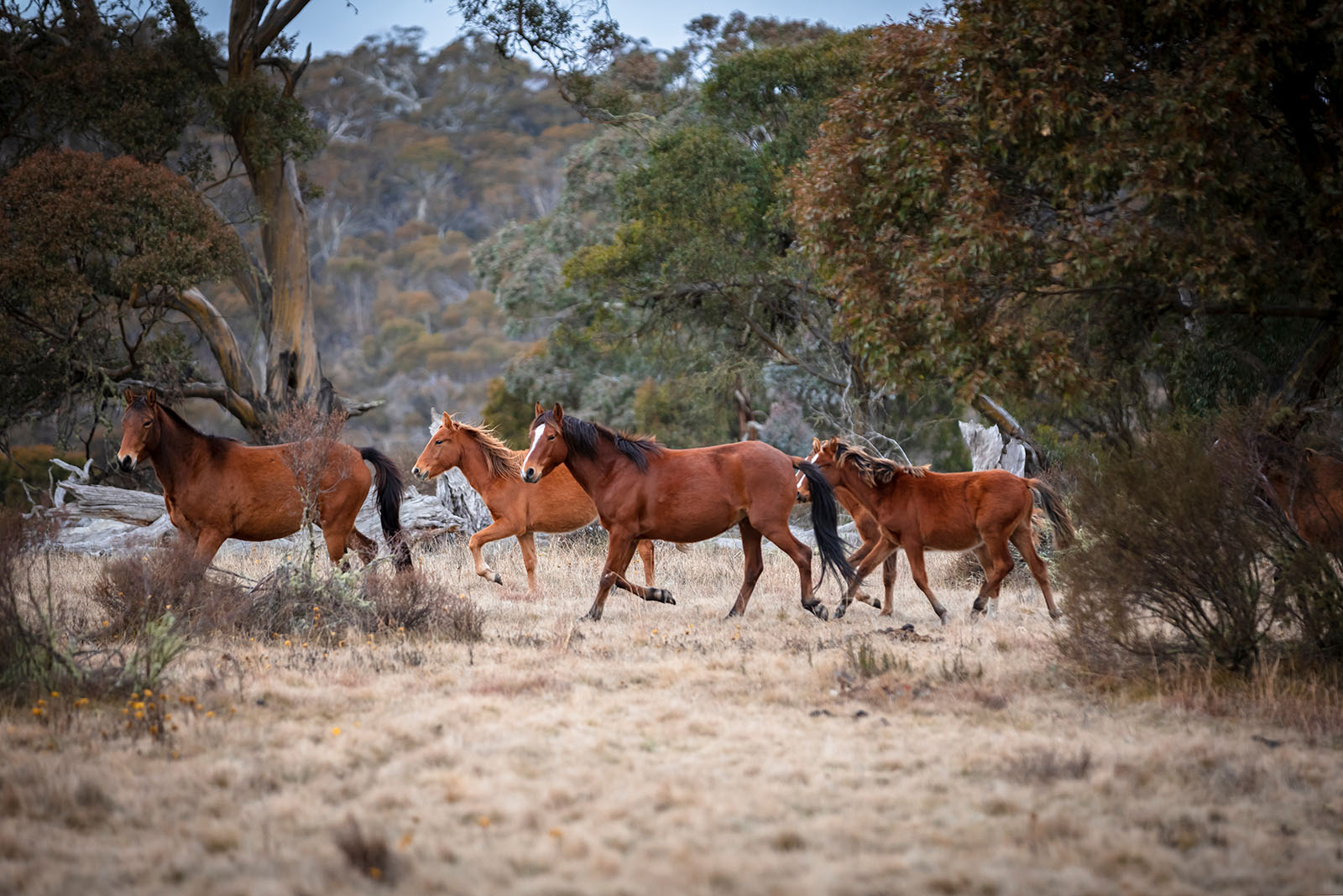
Credit: Shutterstock
Brumbies are the true wild spirit of the horse world—tough, independent, and built for survival. These feral horses don’t have time for newbies and are not the type to tolerate mistakes or inexperience.
Having lived in the rugged Australian outback for generations, they’ve honed their instincts and become highly resourceful creatures. Earning a Brumby’s trust is not easy, they’re not easily swayed by a rider’s inexperience.
Their sharp instincts and unpredictable nature can be dangerous, especially for those unfamiliar with handling horses. But that’s exactly what makes them so fascinating!
Brumbies are incredibly smart and resilient, able to navigate harsh environments and protect themselves when necessary. Their natural wariness keeps them alert and cautious, which can make them a challenge for beginner riders.
While they’re beautiful to watch and awe-inspiring in their wildness, rookies should admire them from a safe distance—these horses are not for the faint of heart. For beginners, it’s better to leave the Brumbies to the experienced riders who can truly appreciate and handle their wild energy.
3. Friesians
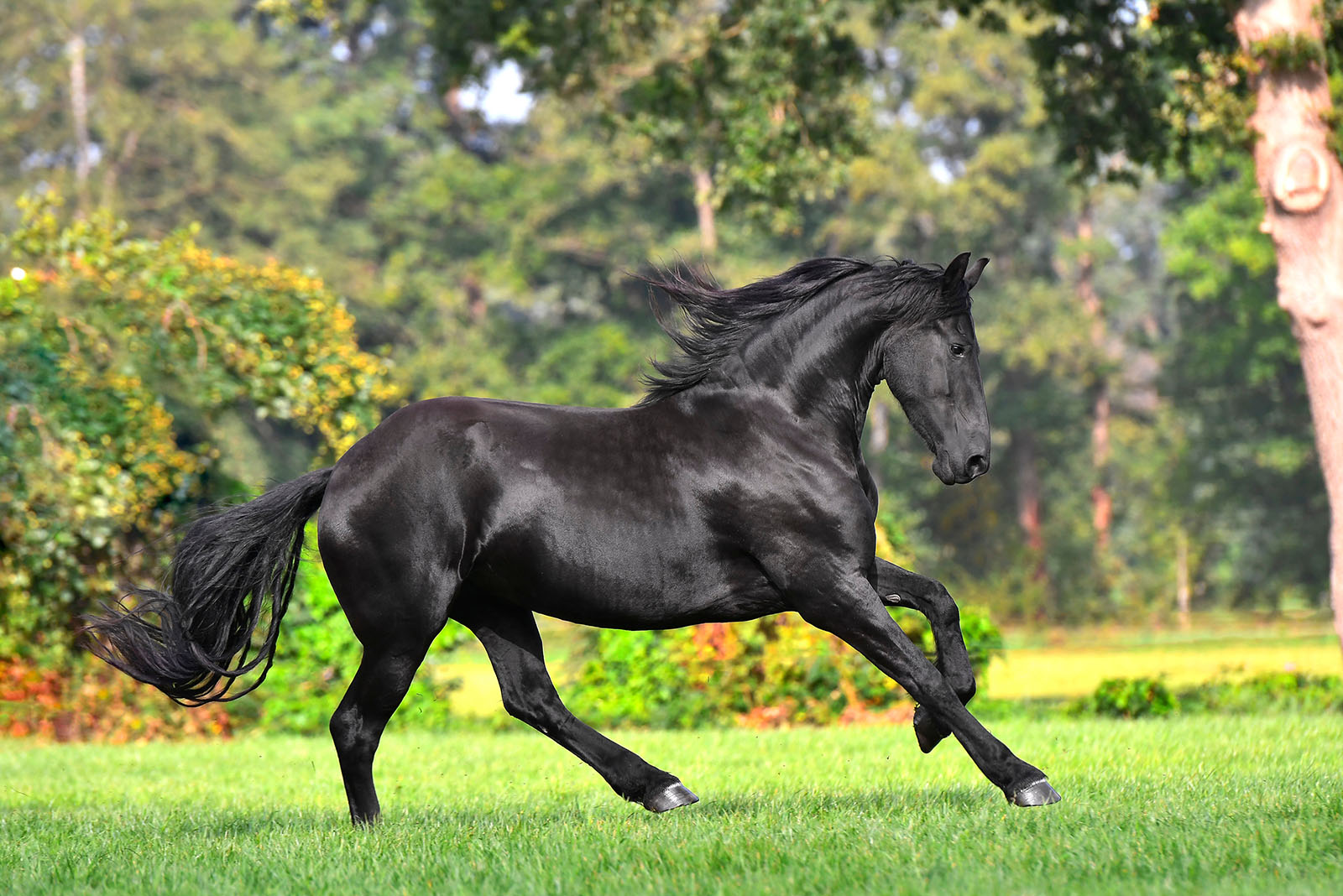
Credit: Shutterstock
Friesians are like the unicorns of the horse world—majestic, with flowing black manes and an almost magical presence.
The only thing missing is the horn! But don’t let their ethereal beauty fool you. These horses are not just pretty faces; their high energy and powerful build demand a rider with the experience and stamina to match.
Friesians are incredibly intelligent, which means they’re eager to learn but also prone to getting bored or distracted if not properly challenged. If you’re a beginner, that energy can quickly turn into a handful. And let’s not forget about their mane-tenance (yes, that pun was intentional).
Friesians’ long, thick manes require constant care to keep them looking their best, which can be a lot of work for someone who’s just starting out.
Their stunning appearance might make them feel like movie stars, but riding one of these beauties in real life requires more than just admiration—it requires skill, patience, and a fair bit of muscle to handle their size and power.
While Friesians are breathtaking, beginners should consider a more laid-back breed before taking on the responsibility of these noble horses.
4. Warmbloods
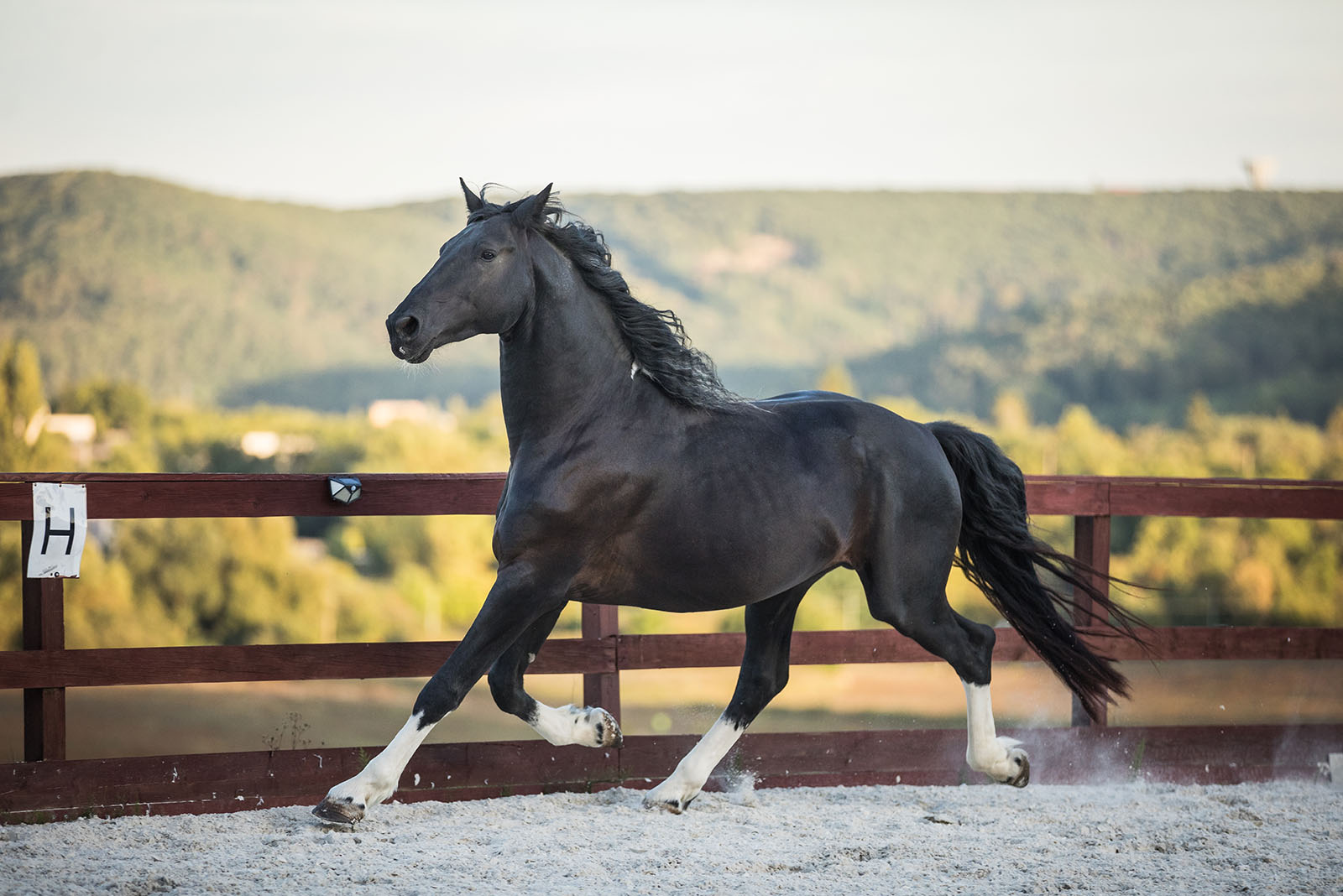
Credit: Shutterstock
Picture this: you’re as athletic and beautiful as a Warmblood. Are you casually strolling through the countryside, or are you dominating the arena in high-stakes dressage competitions? Exactly.
Warmbloods have the kind of athleticism and grace that make them top contenders in the world of elite equestrian sports.
Their sleek bodies, strong intelligence, and incredible trainability make them absolute superstars in dressage, show jumping, and eventing. But here’s the catch—these qualities come with a price. Warmbloods aren’t the type of horse that can just be ridden without focus and precision.
Their sharp minds and powerful physiques need constant stimulation and expert handling to thrive. Without it, they can become frustrated or even develop behavioral issues.
For a beginner rider, trying to manage one of these high-energy athletes can quickly become overwhelming.
They require a confident and skilled rider who can keep up with their physical and mental demands. While they’re incredibly rewarding for experienced equestrians, beginners should approach Warmbloods with caution, as their training and energy requirements are best suited for those with more advanced skills.
5. Mustangs
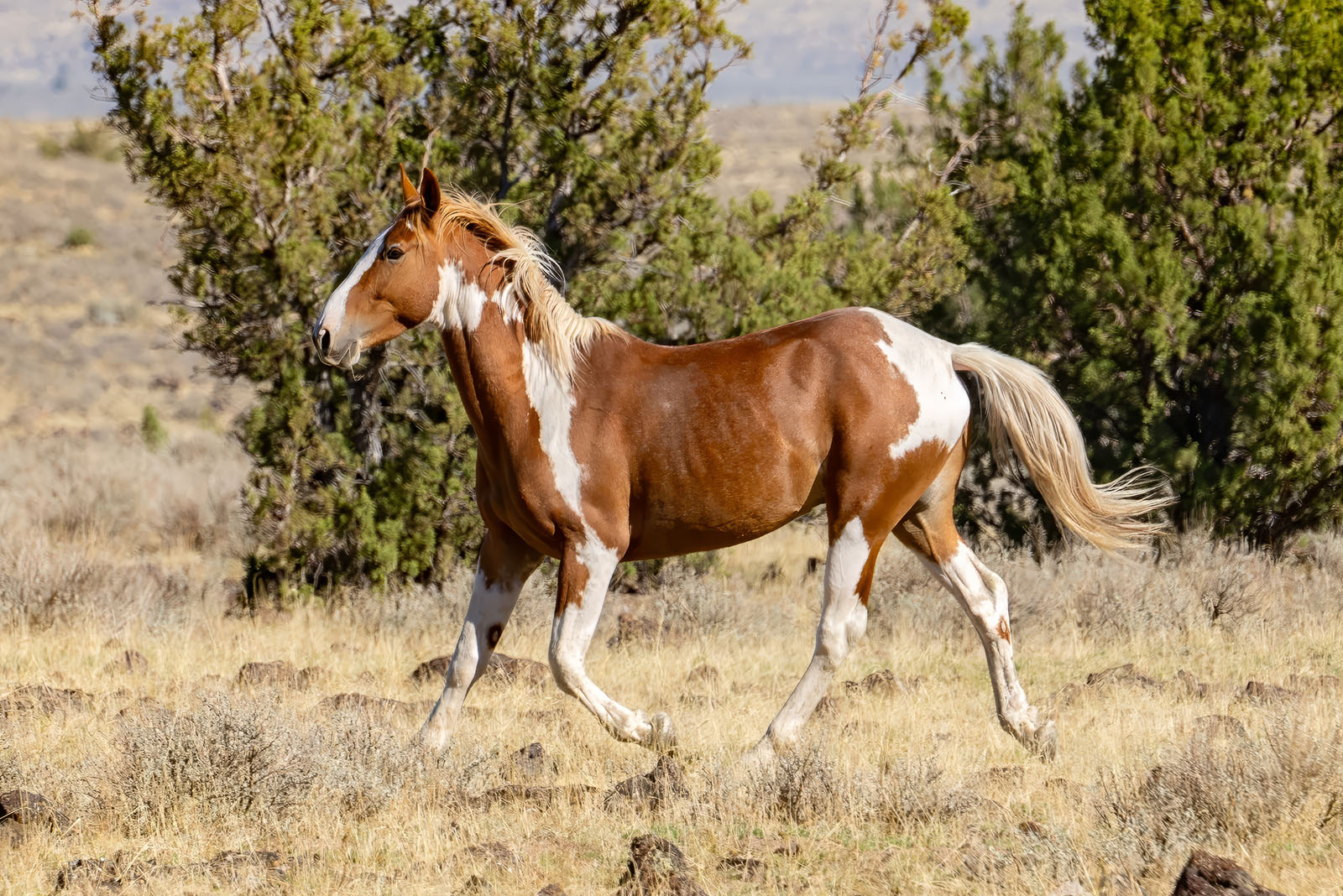
Credit: Shutterstock
They have more in common with their car namesake than you might think. Mustangs are free-spirited, wild, and not easy to tame. Just like the powerful engine of the Ford Mustang, these horses have an untamed energy and drive that makes them both captivating and challenging.
They’re built for speed and endurance, and it takes a lot of skill and patience to earn their trust. A lot of patience. Mustangs aren’t the type to follow orders without a firm bond, so if you’re a beginner, be ready to put in the work.
Their stamina and adaptability are off the charts—these horses can go for miles without breaking a sweat, while you might be left gasping for air just trying to keep up.
Before you know it, they’ll have you running in circles, and you’ll be dizzy, while they’re still full of energy, ready for more.
It’s that untamed spirit that makes them so special, but for a beginner, it’s like trying to catch lightning in a bottle. Mustangs are best left to experienced riders who can match their fiery spirit and raw power.
6. Arabians
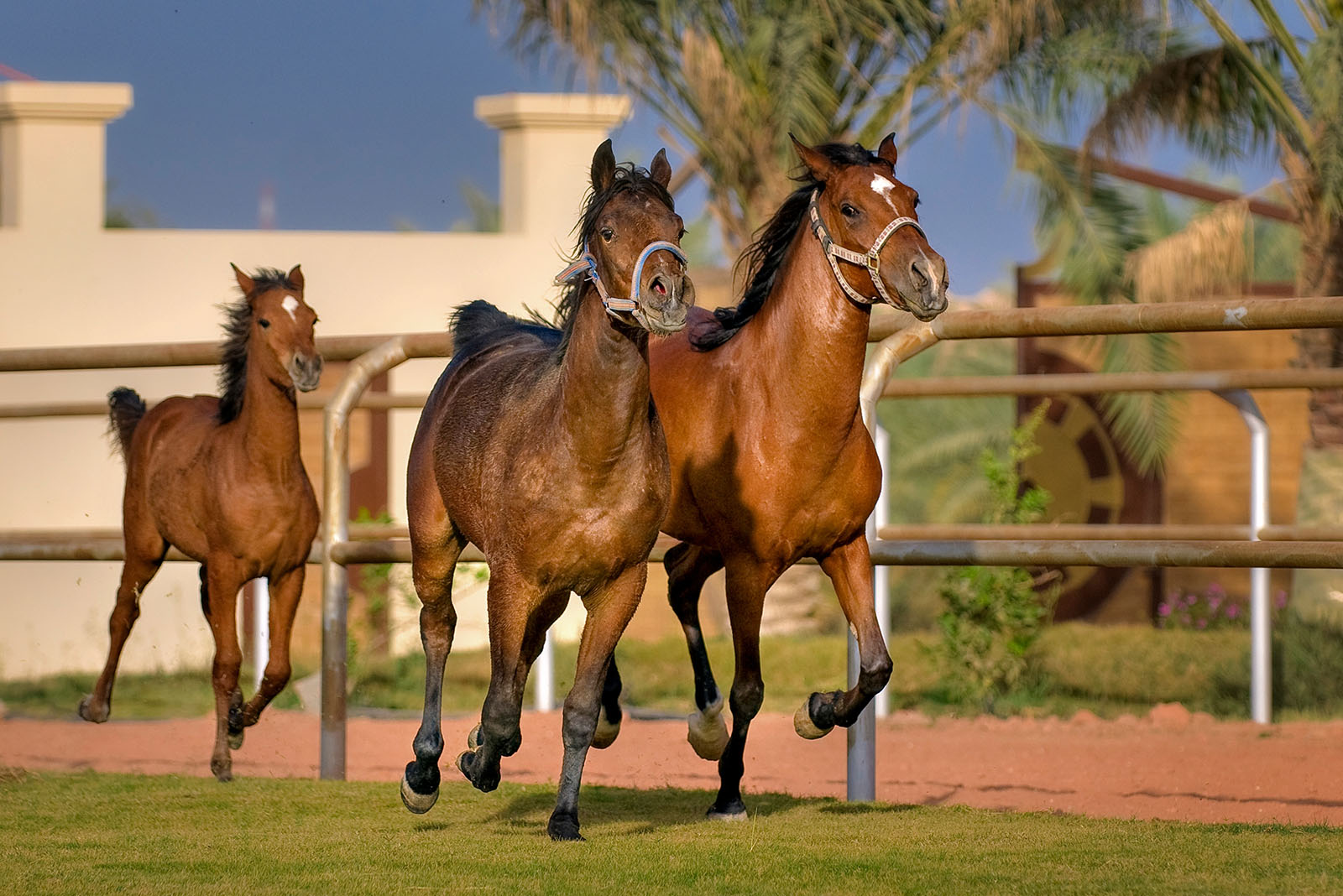
Credit: Shutterstock
Intelligent, sensitive, and spirited—that’s the Arabian horse in a nutshell. They’re the total package: beautiful, agile, and full of energy.
But here’s the catch: don’t mess with their emotions, because these horses are total drama queens. Think of them like a jealous partner—endlessly rewarding if you know how to handle them, but always ready to test your patience at every turn.
Despite being companions to humans for thousands of years, Arabians remain hot-blooded, with a fiery spirit that’s hard to tame. They crave attention, consistency, and love, and if you don’t provide that? Oh, they’ll make sure you know.
Their sharp minds and sensitive natures mean they’ll pick up on every shift in your mood or confidence, and if they sense weakness, they might challenge your authority.
With the right rider, they’re incredibly loyal and graceful, but for a beginner, it’s easy to feel overwhelmed by their need for constant mental and emotional stimulation.
Arabians require a rider who’s not only experienced but also capable of matching their energy and enthusiasm. Otherwise, you might find yourself constantly playing catch-up!
7. Thoroughbreds
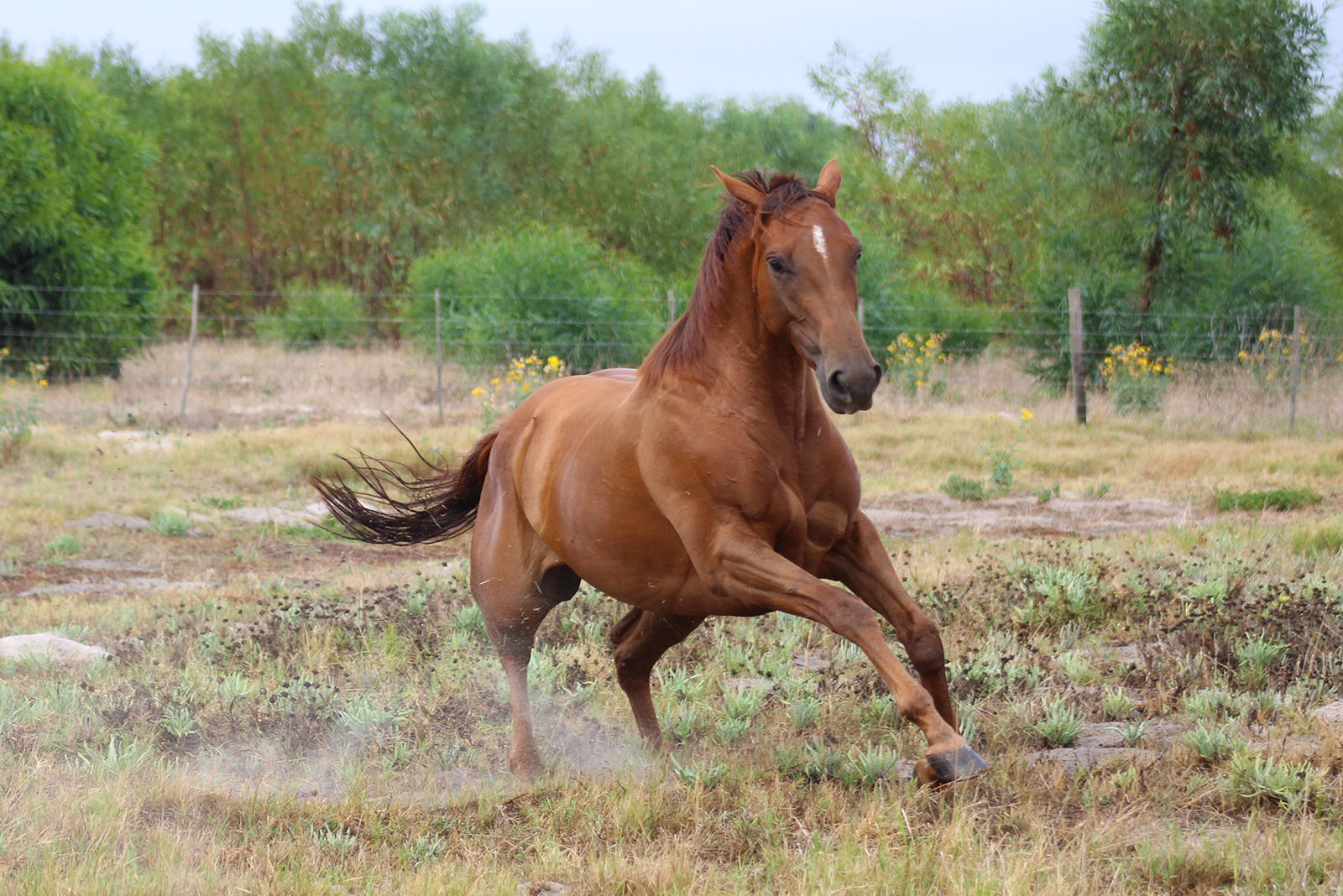
Credit: Shutterstock
We’ve met the Mustangs of the horse world, and now it’s time to meet the Ferrari—Thoroughbreds.
These horses are made for speed, with sleek, thrilling aesthetics and the kind of energy that makes your heart race just watching them. They’re the true athletes of the equine world, built for racing and high-performance sports. But their personalities?
Just as powerful as their bodies! Thoroughbreds are full of fire and determination, and if you’re not prepared to handle that intensity, they’ll quickly show you who’s in charge.
These horses have an incredible drive and focus, making them perfect for champions, but not so much for beginners seeking a peaceful ride through the countryside. Their high energy, sharp minds, and competitive nature require a rider who can match their speed and confidence.
For anyone new to riding, a Thoroughbred can feel like a ticking time bomb of energy and power—one wrong move, and you could be in over your head.
They need consistent training, clear leadership, and a confident rider who can keep up with their pace. If you’re not ready for the challenge, it’s best to admire these speedy beauties from afar!
8. Appaloosa
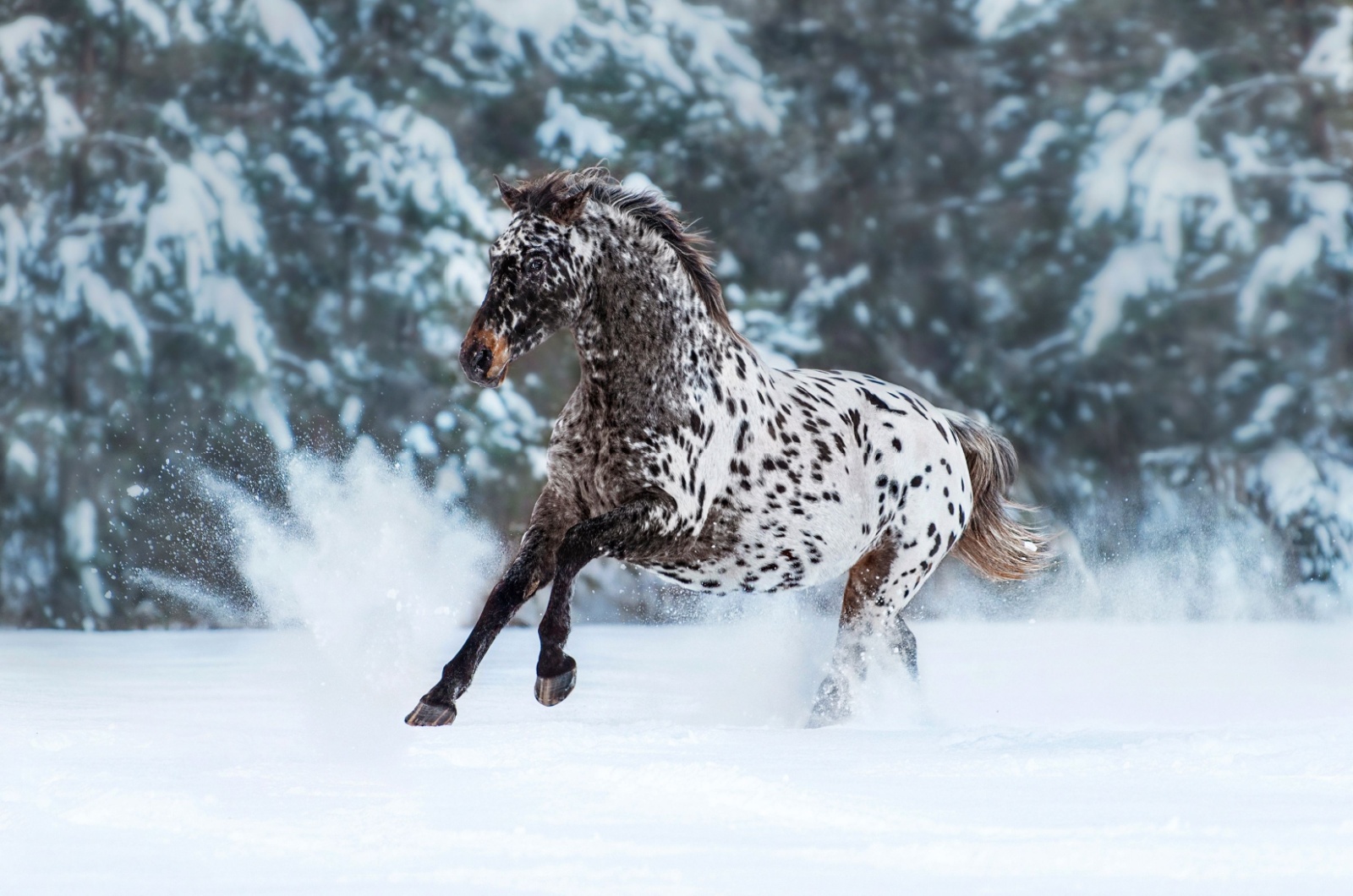
Credit: Shutterstock
Appaloosas are known for their stunning coat patterns and spirited personalities, making them a favorite among horse lovers.
However, their quirky nature can make them a tough choice for beginners. While they’re incredibly intelligent and trainable, they tend to have a strong will, which can lead to stubbornness and testing boundaries.
This independent streak means they might not always follow commands as easily as other breeds, especially if they sense a rider who lacks confidence.
Appaloosas are also known for being sensitive to their rider’s emotions, so if you’re feeling unsure, they might pick up on that and become unsettled. They can be easily distracted or spooked, which can be overwhelming for someone just starting out.
Additionally, their energetic nature means they need consistent exercise and mental stimulation, something a beginner rider may struggle to provide.
While they can be fantastic companions for experienced riders, a beginner might find an Appaloosa a bit too much to handle. They require a patient and skilled rider who can give them the guidance and leadership they crave. For beginners, a more laid-back and predictable breed would be a better match.
9. Clydesdale
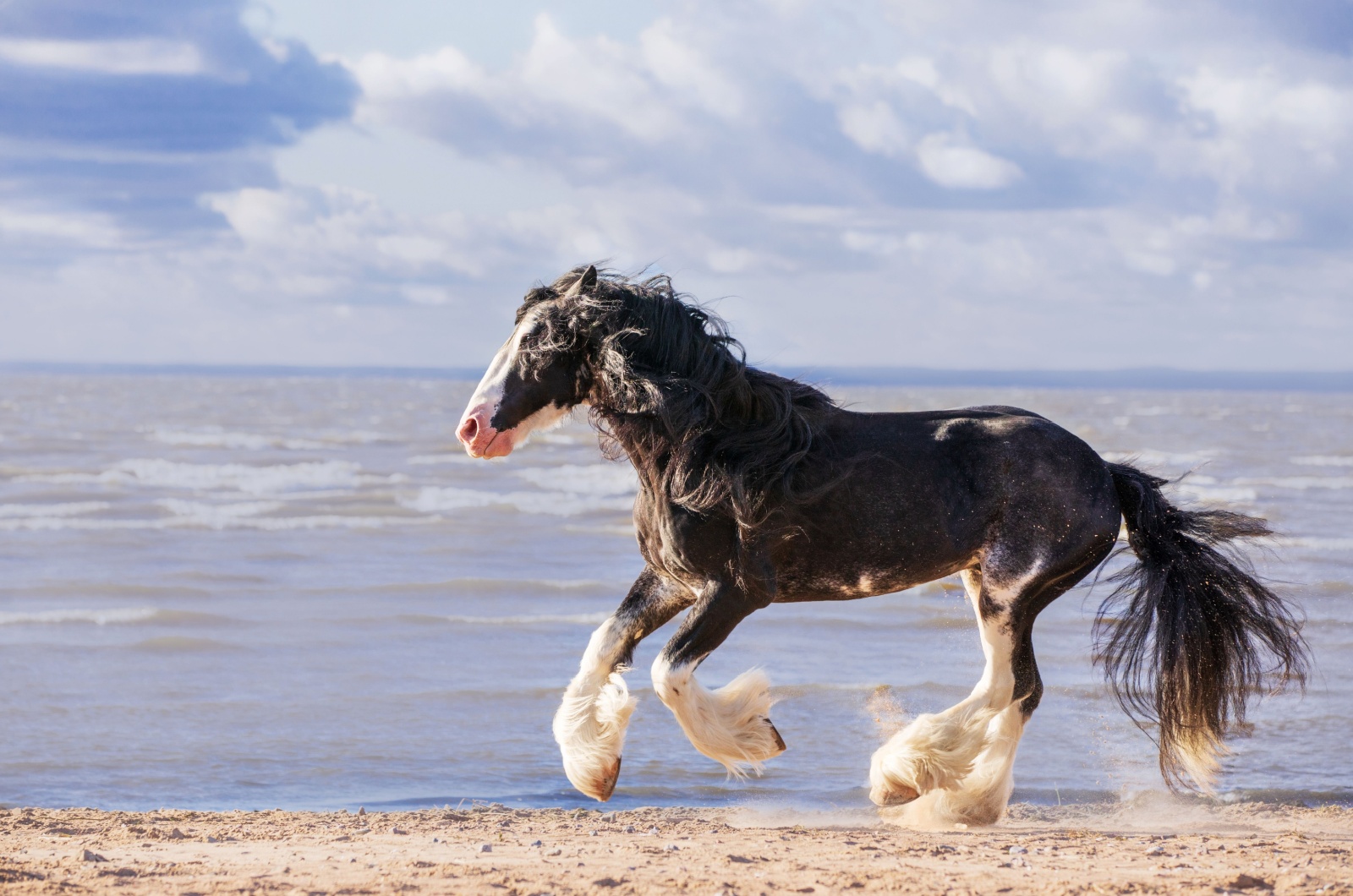
Credit: Shutterstock
Clydesdales are one of the most majestic and recognizable horse breeds, known for their impressive size, strength, and striking appearance. Standing over 18 hands tall and often weighing over 2,000 pounds, they are gentle giants, but their sheer size can be overwhelming for beginner riders.
While they are typically calm and good-natured, their size and power mean that handling them requires a confident and experienced rider.
Beginners might struggle with the physical strength needed to control such a large horse, especially in situations where quick reactions are necessary. Clydesdales can also be quite independent, and without the right training, they may not always follow commands as smoothly as smaller breeds.
They are sensitive to pressure and need a skilled rider to build trust and communicate effectively. Additionally, because they’re often bred for pulling heavy loads, their training is more focused on work than riding, which can make them harder to train for leisure riding.
Despite their gentle demeanor, they can be easily spooked, and beginners might find it challenging to keep them calm in unfamiliar environments.
For these reasons, Clydesdales are better suited for experienced riders who are comfortable managing their strength and temperament. If you’re a beginner, a smaller, more manageable breed would likely be a better choice.

